17 Free Atmospheric Lighting transparent PNG images
Discover our curated collection of Atmospheric Lighting images, featuring 17 free AI-generated artworks. Explore an enchanting array of stock photos, 3D objects, vectors, and illustrations that capture the interplay of light and shadow. Each high-resolution image is available for immediate download, and our innovative 'open in editor' feature allows you to fine-tune the prompts to generate your perfect atmospheric scene.
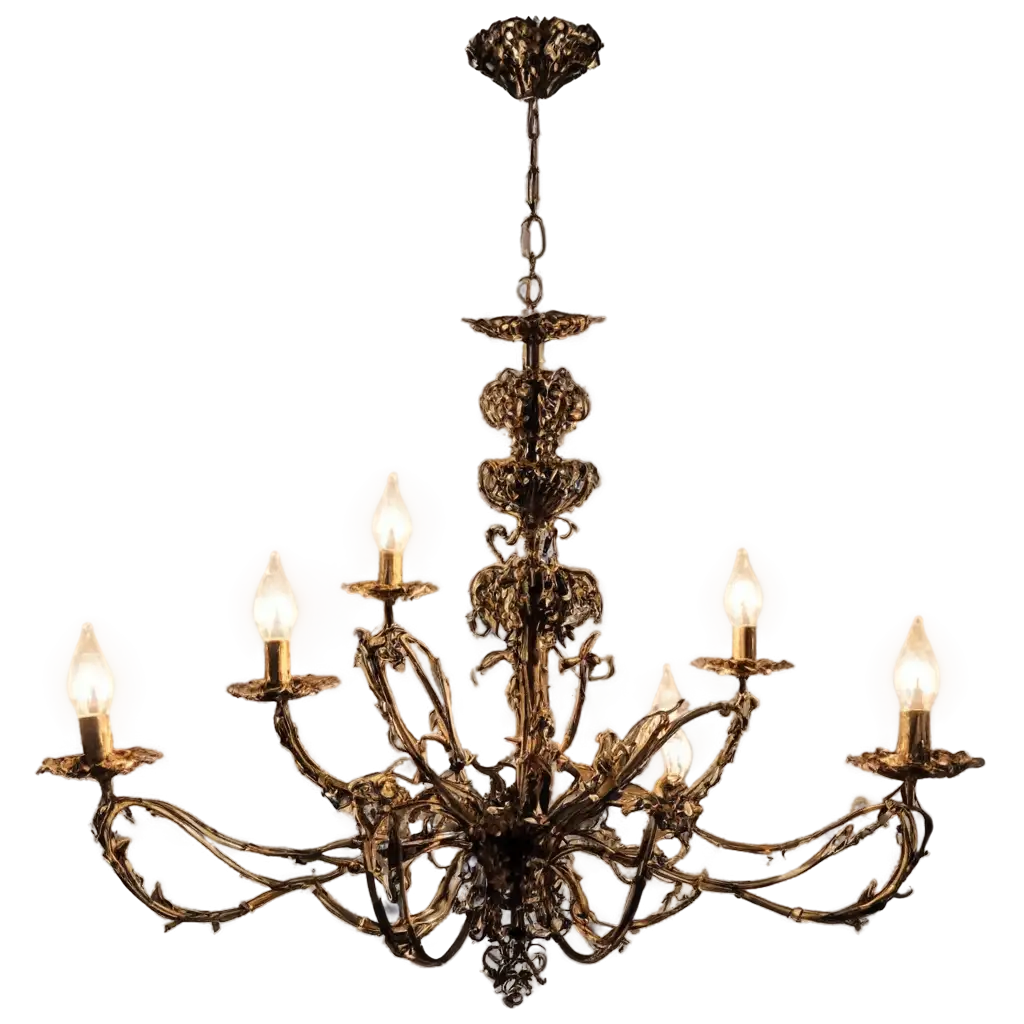
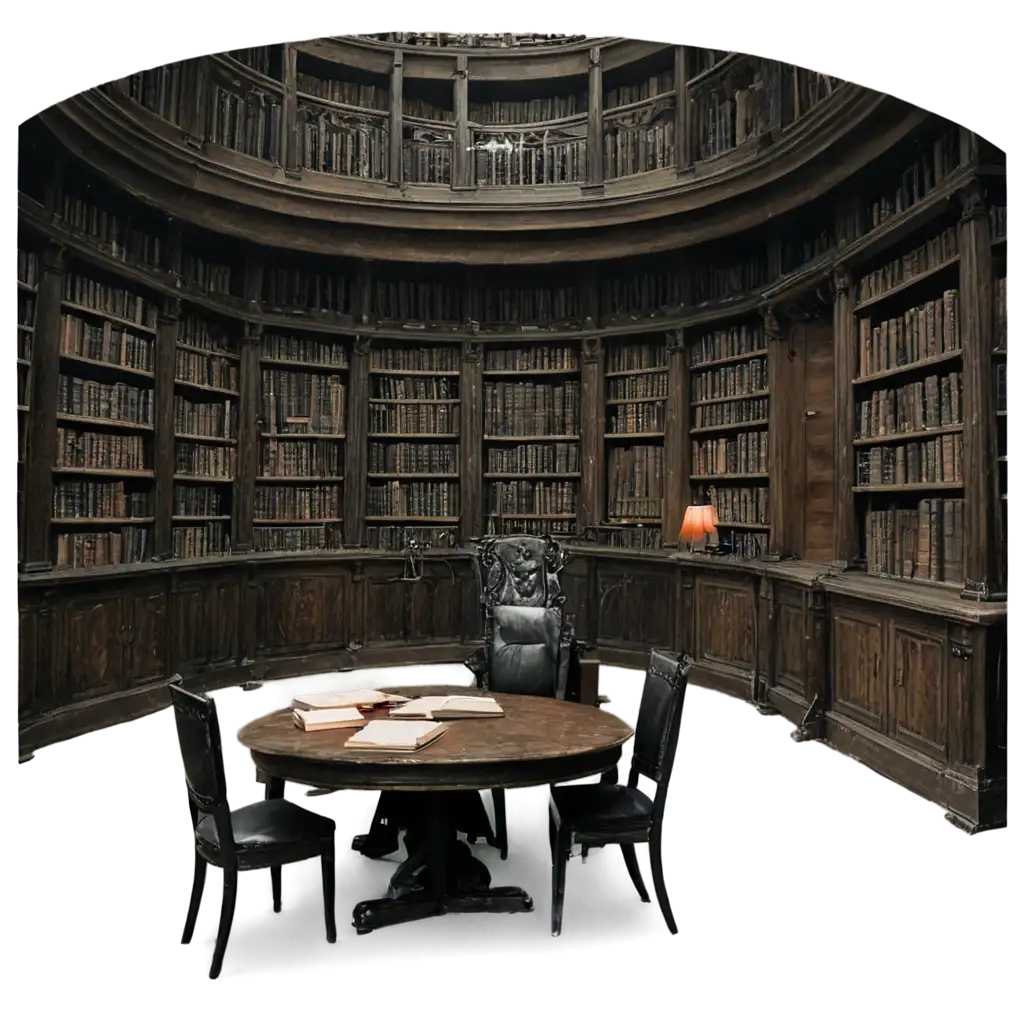
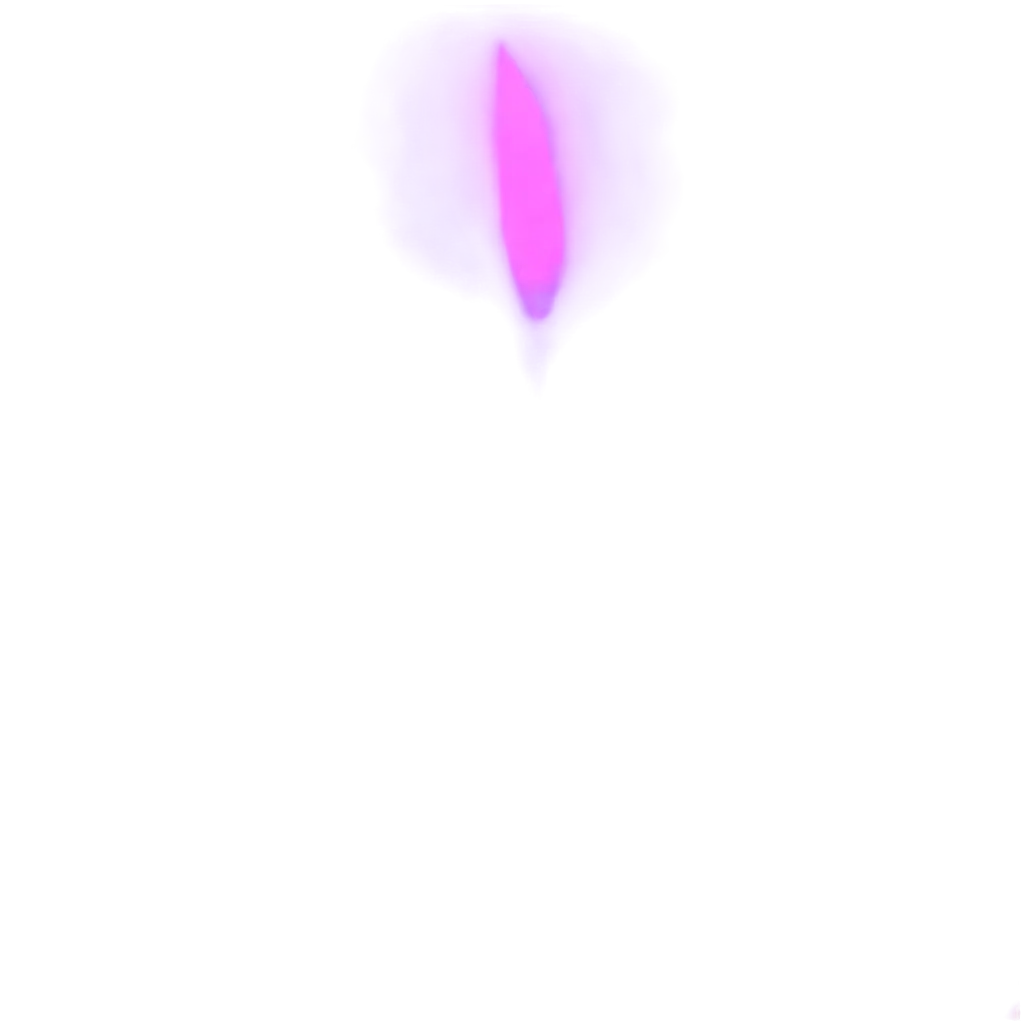

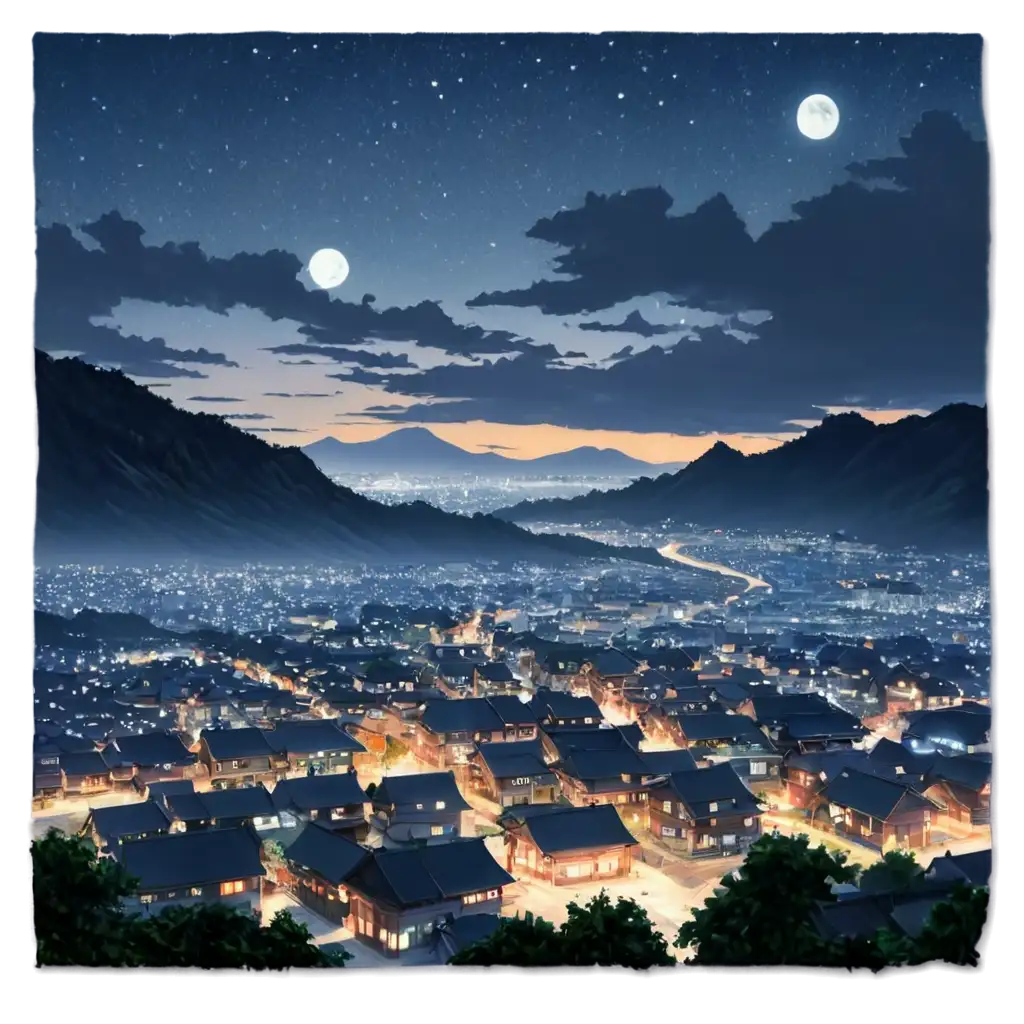
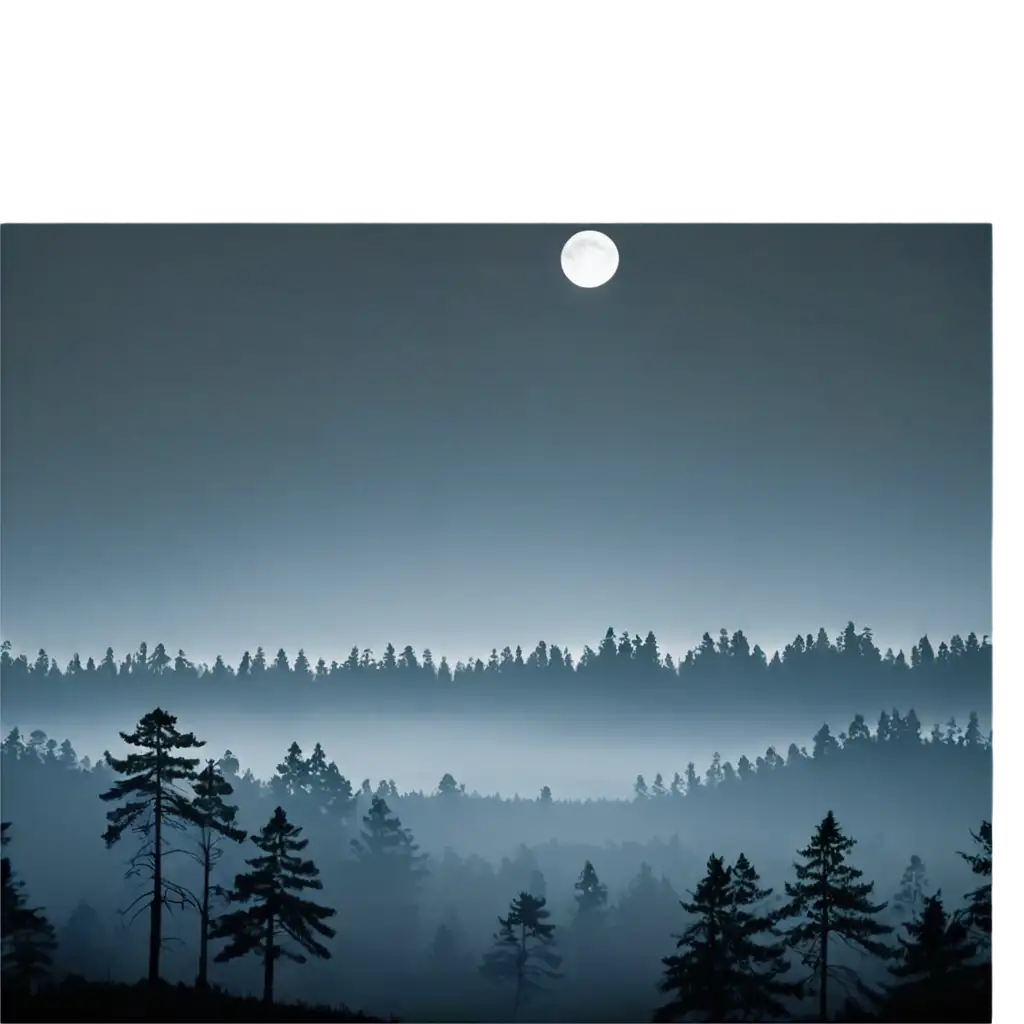
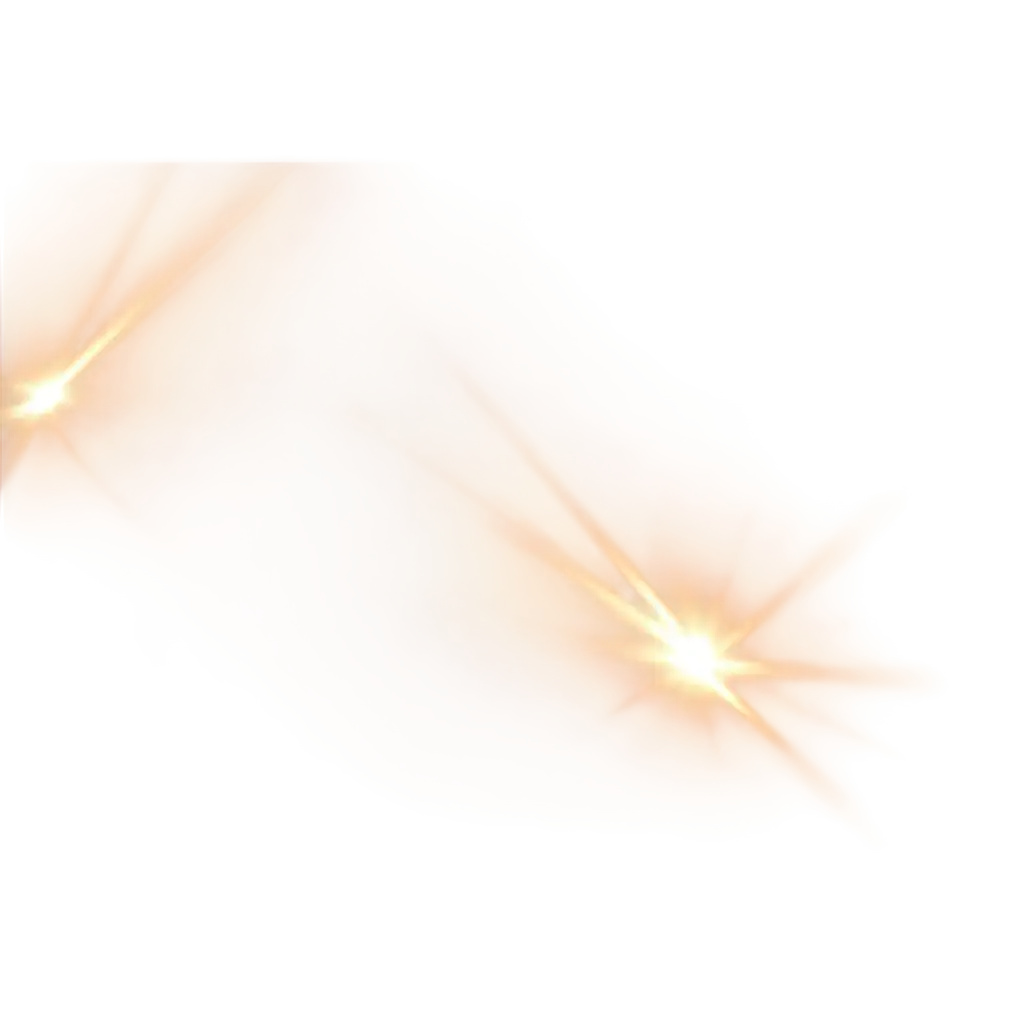
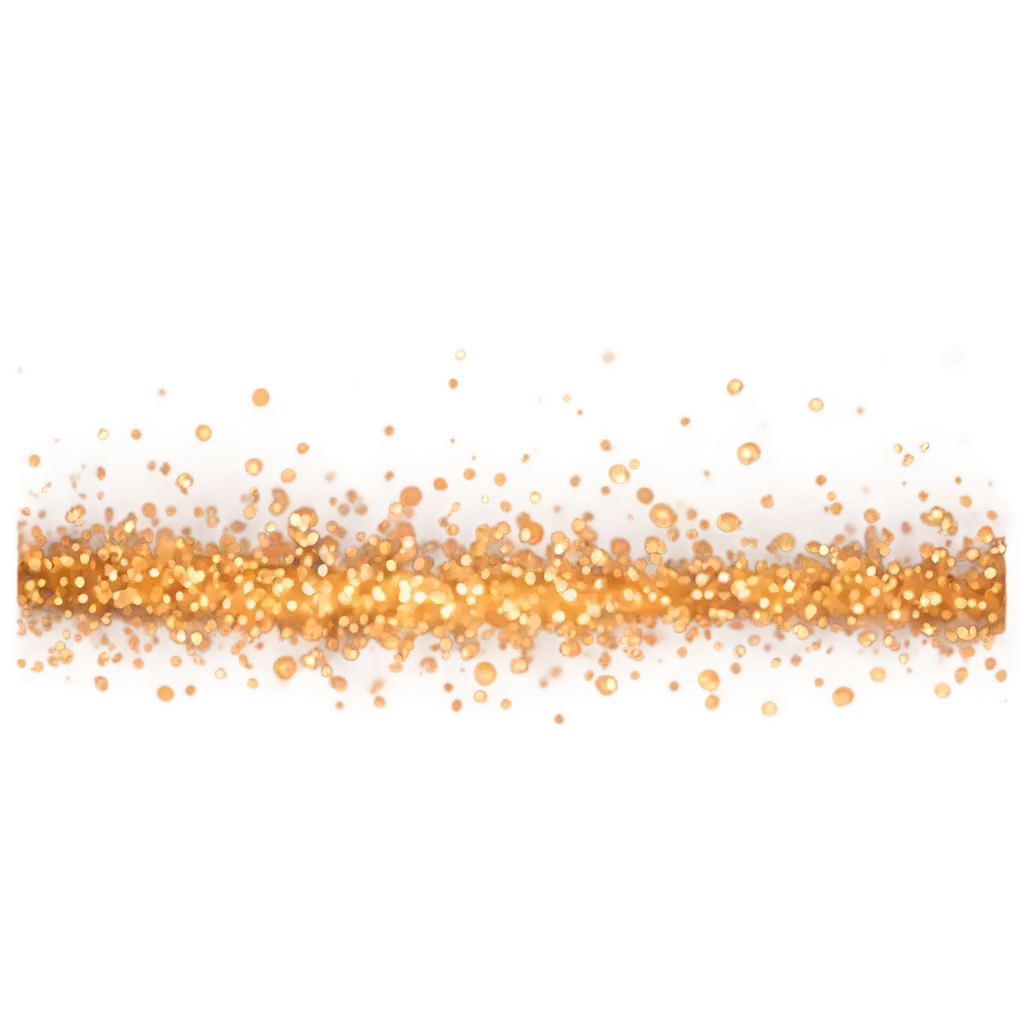

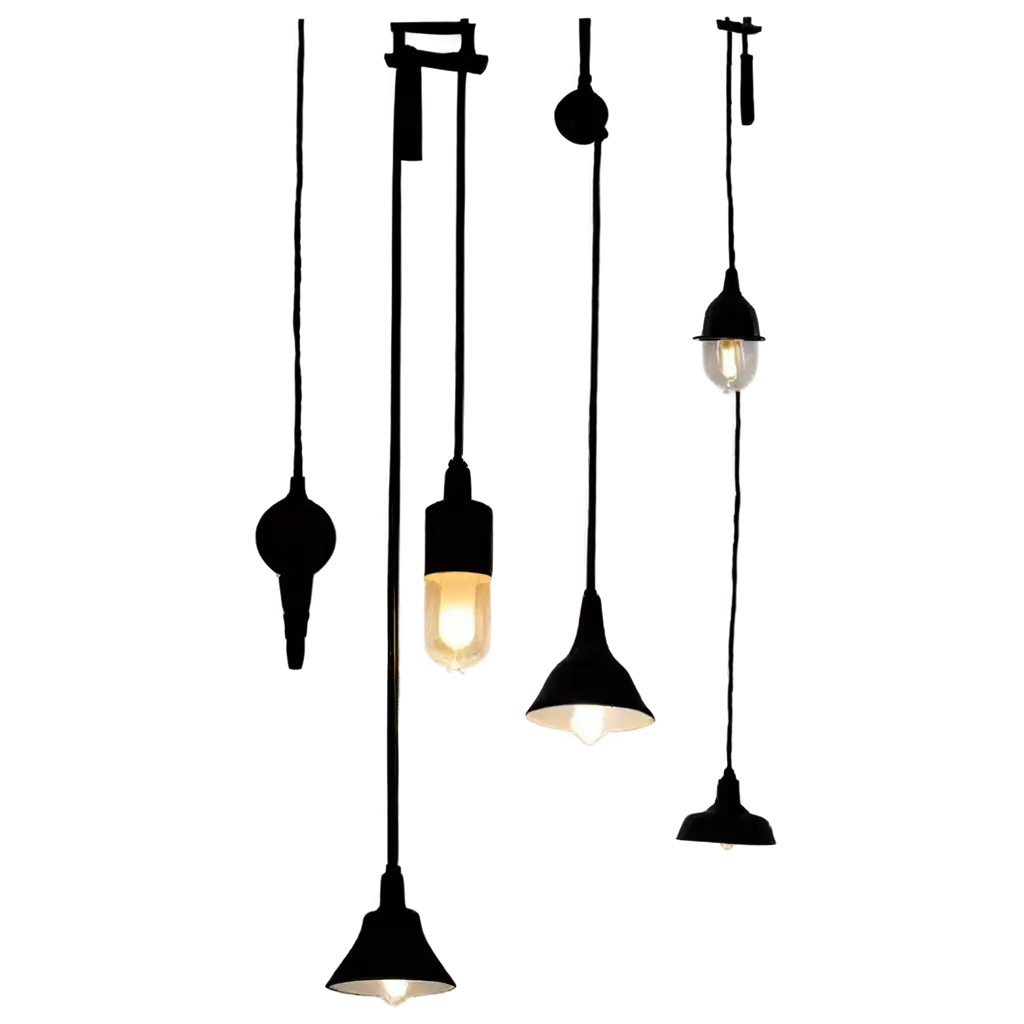

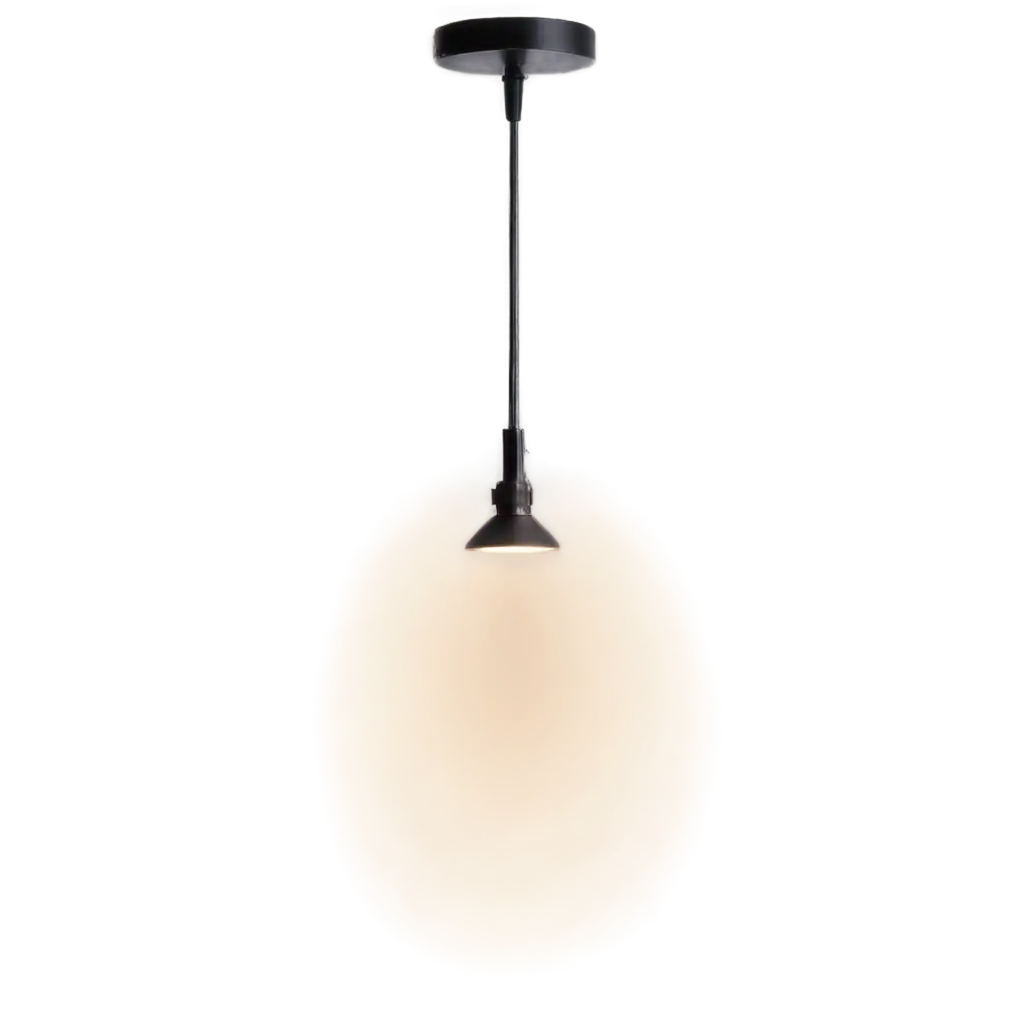
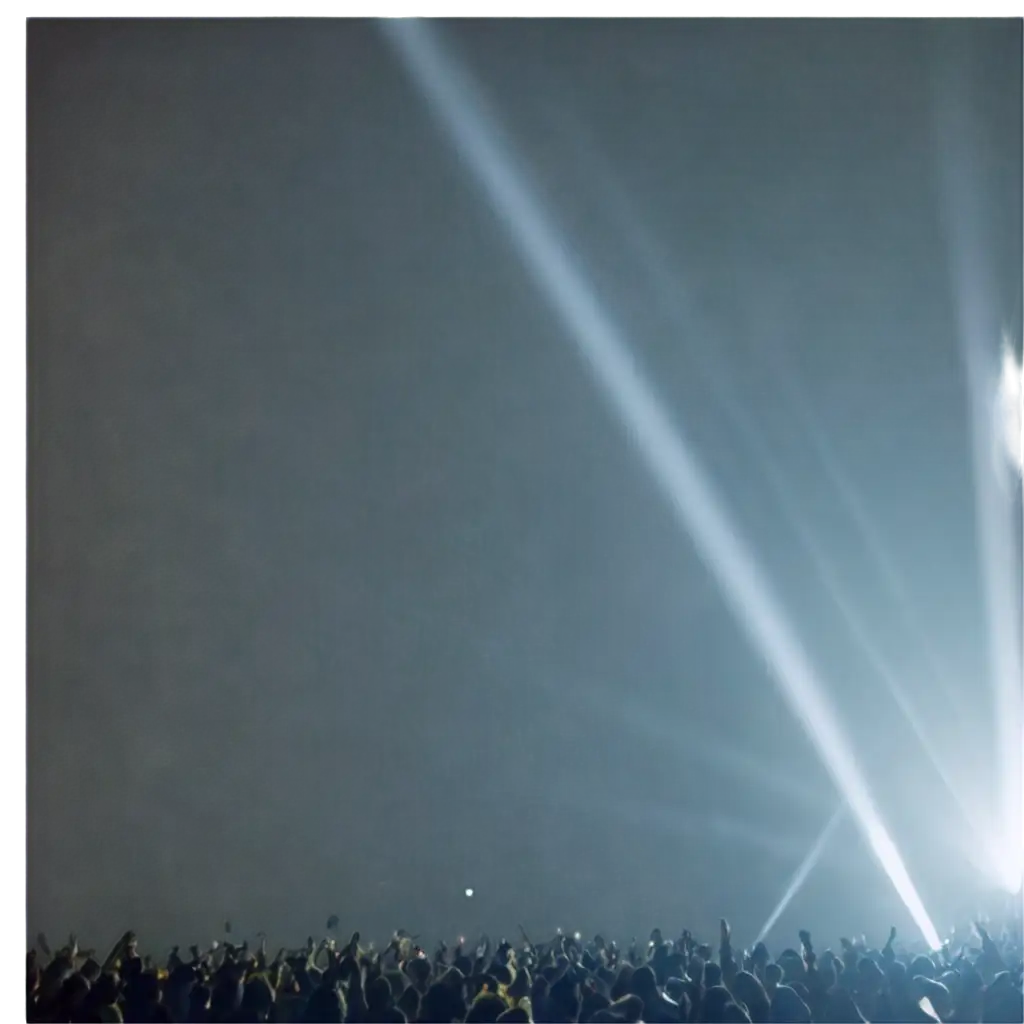

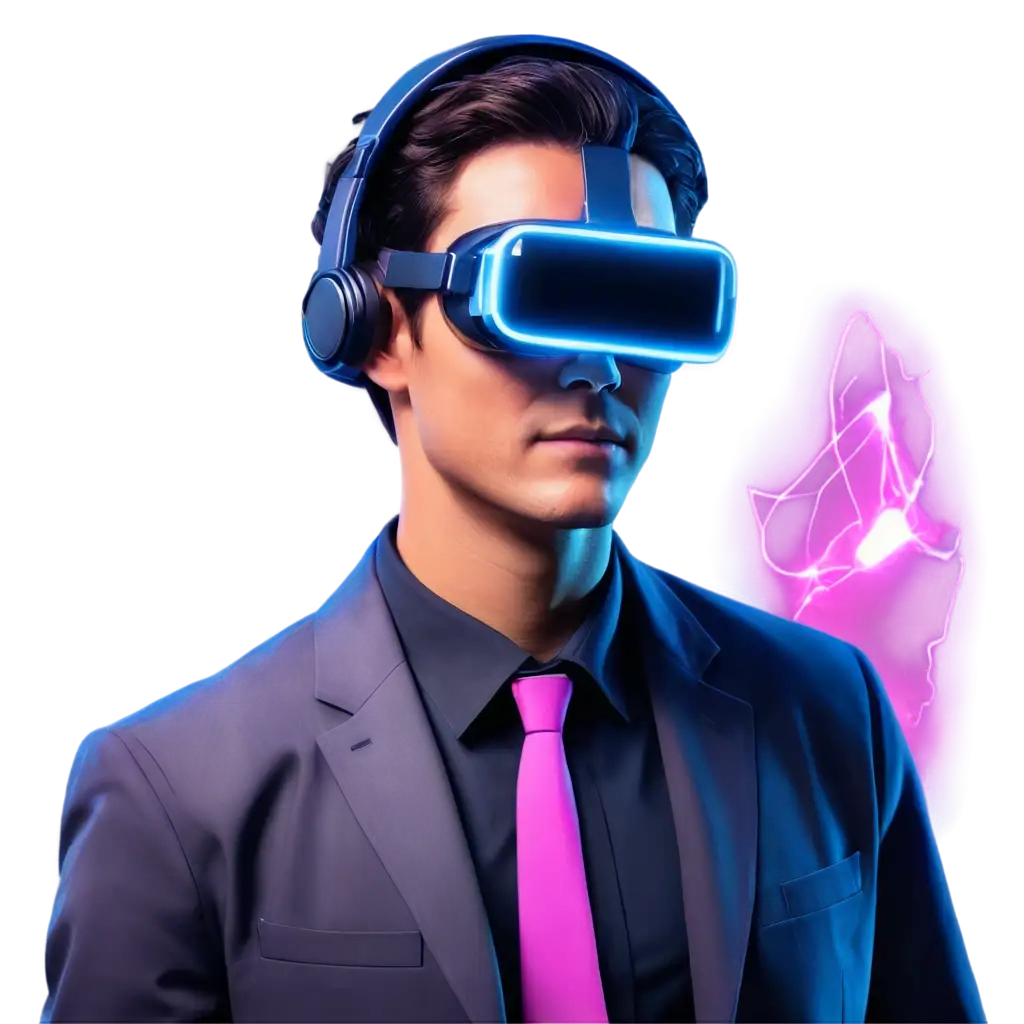
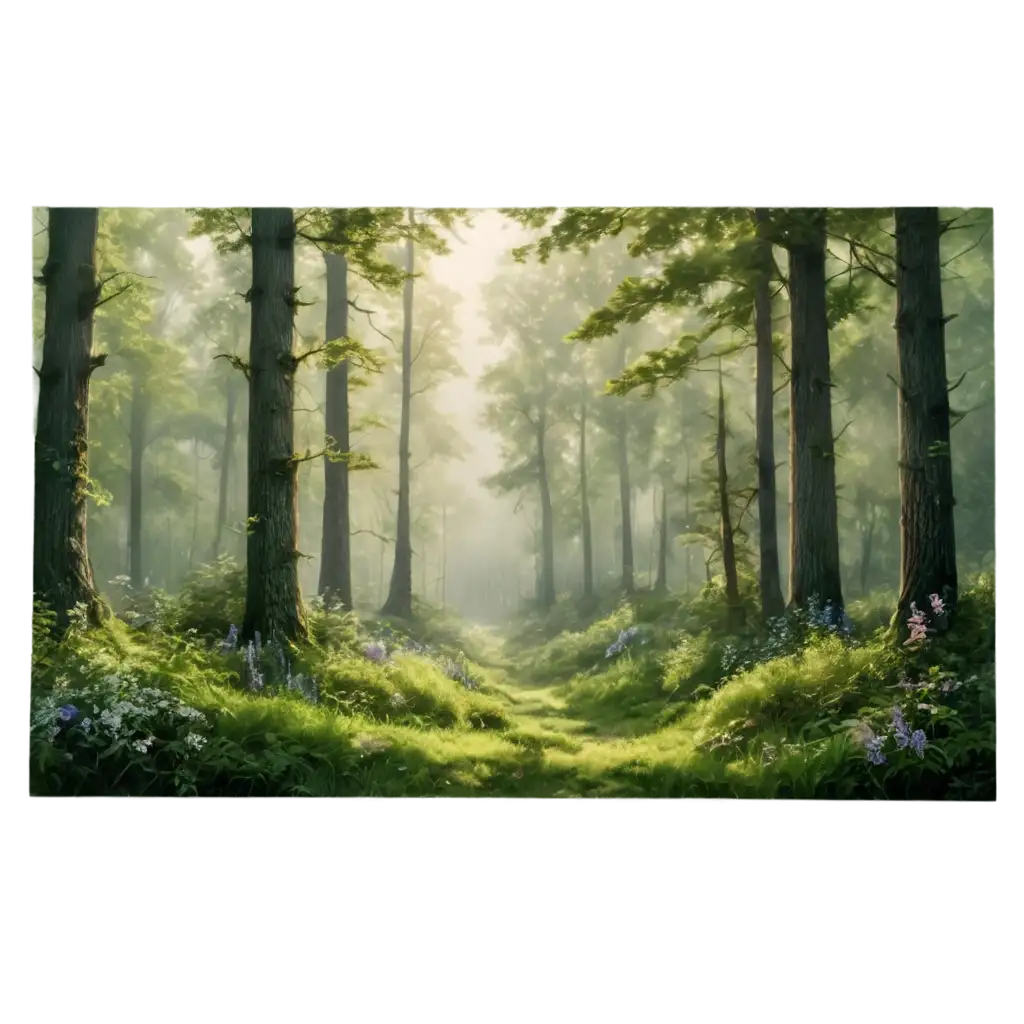
Related Tags
Atmospheric lighting represents the sophisticated interplay between light, shadow, and environmental elements that creates mood and depth in visual compositions. In digital art, it encompasses techniques such as volumetric lighting, where light beams become visible through particles in the air, and ambient occlusion, which adds depth through subtle shadowing. The manipulation of these elements can transform ordinary scenes into compelling visual narratives, whether it's rays of sunlight piercing through storm clouds or the soft glow of street lamps in fog. AI generators have revolutionized this field by learning from countless examples of natural and artificial lighting phenomena, enabling the creation of remarkably realistic and emotionally resonant atmospheric effects.
The Art and Science of Atmospheric Lighting in Digital Imagery
The process of generating atmospheric lighting effects through AI involves understanding key principles such as light scattering, color temperature, and environmental conditions. Successful atmospheric lighting combines elements like god rays (crepuscular rays), ambient occlusion, volumetric fog, and careful color grading. When crafting prompts for AI image generation, focus on specific lighting conditions (dawn, dusk, golden hour), weather effects (mist, rain, snow), and light sources (natural sunlight, artificial lighting, fire). The interaction between these elements creates depth and dimension, while careful attention to contrast and color harmony ensures the final image captures the desired mood and atmosphere. Popular applications include architectural visualization, cinematic scene setting, and environmental concept art.
Creating Stunning Atmospheric Effects Through AI Generation
Atmospheric lighting plays a crucial role across various creative industries. In cinematography and video games, it establishes mood and directs viewer attention. Architectural visualization uses atmospheric lighting to showcase spaces under different conditions, from dramatic sunset renders to moody interior scenes. In advertising and marketing, these effects create emotional connections with audiences through carefully crafted visual atmospheres. The rise of AI-generated imagery has democratized access to sophisticated lighting effects, allowing creators to experiment with complex atmospheric conditions that would be challenging or impossible to capture in real-world photography. This has led to innovative applications in virtual reality environments, digital art installations, and immersive marketing experiences.
Practical Applications of Atmospheric Lighting in Modern Media
The evolution of AI technology continues to push the boundaries of what's possible in atmospheric lighting generation. Emerging trends include real-time atmospheric lighting adjustment in virtual environments, integration of physical light behavior simulation with AI generation, and the development of more sophisticated control over volumetric effects. We're seeing increased demand for environmentally-conscious lighting scenarios that simulate sustainable lighting solutions, as well as growing interest in combining traditional lighting techniques with AI-generated atmospherics. The future promises even more precise control over lighting elements, enabling creators to achieve previously impossible effects while maintaining photorealistic quality. This advancement will particularly benefit industries like virtual production, architectural visualization, and interactive media.
Future Trends in AI-Generated Atmospheric Lighting